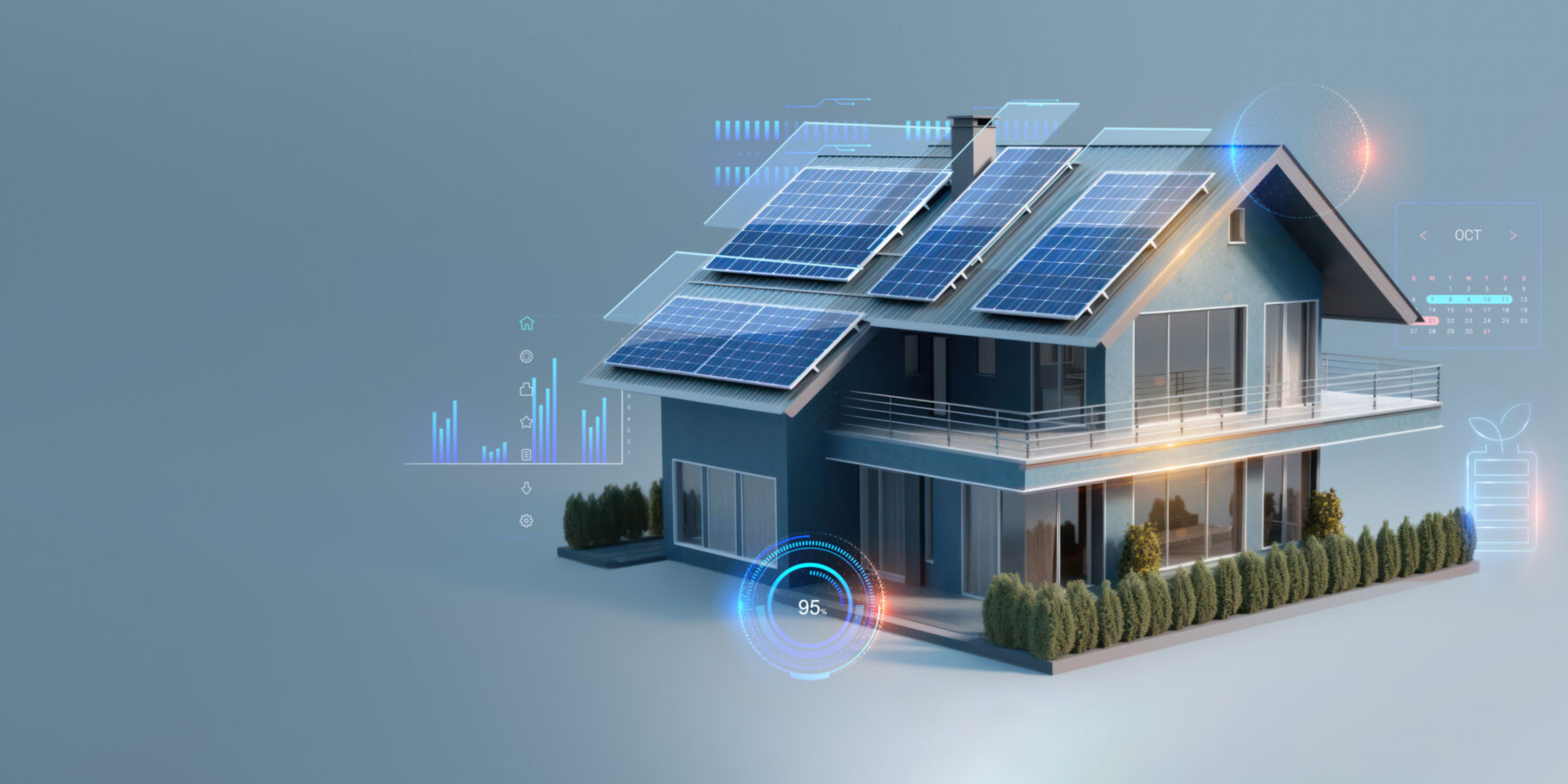As we head into 2030, solar energy is no longer just an alternative — it’s becoming the primary source of clean, sustainable power for homes, industries, and even transportation. Thanks to rapid innovation, government support, and environmental urgency, solar panel technology is set to look drastically different in the next
As we head into 2030, solar energy is no longer just an alternative — it’s becoming the primary source of clean, sustainable power for homes, industries, and even transportation. Thanks to rapid innovation, government support, and environmental urgency, solar panel technology is set to look drastically different in the next five years. So what exactly can we expect from the future of solar panels by 2030? Let’s dive into the sun-powered revolution ahead.

By 2030, solar panels will be significantly more efficient — with conversion rates potentially exceeding 40%. Compared to today’s average of 18-22%, this leap means more power from fewer panels and smaller rooftops.
Breakthroughs in perovskite solar cells, multi-junction technology, and nanomaterials are driving this evolution. These next-gen materials can absorb more sunlight at different wavelengths, increasing output even in low-light conditions.
Gone are the days of bulky blue-black panels. In 2030, solar technology will seamlessly blend into architecture. Expect:
Solar will become not only functional but aesthetic and versatile — opening up possibilities for smart cities and design-forward buildings.
Artificial intelligence and IoT integration will transform solar systems into smart energy hubs. Solar panels will:
This means higher efficiency, lower downtime, and zero human intervention.
By 2030, most solar installations will come paired with advanced battery storage. These home and grid-level batteries will:
Lithium-ion batteries are already improving, but future storage systems may use solid-state, graphene, or even hydrogen technologies for higher capacity and safety.
Solar panels will extend far beyond rooftops:
The future is about portable solar energy — wherever you go.
Thanks to cheaper hardware and microgrid infrastructure, 2030 will usher in an era of energy independence:
With new manufacturing methods like 3D printing and automated solar farms, solar panels will be:
The cost per watt will likely fall below $0.10, making solar energy more affordable than fossil fuels in nearly every country.

The Solar Decade Ahead The 2020s are shaping up to be the Solar Decade — and by 2030, solar panels won’t just sit on rooftops. They’ll be in our windows, our cars, our clothes, and even the roads we walk on. The future of solar isn’t just about energy — it’s about freedom, innovation, and sustainability. Are you ready to power your world with the sun?